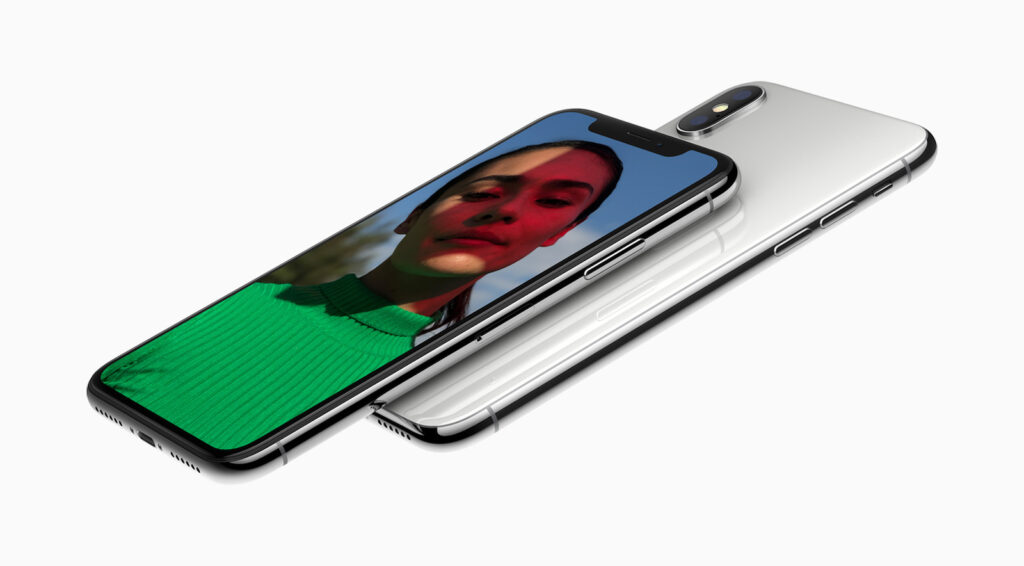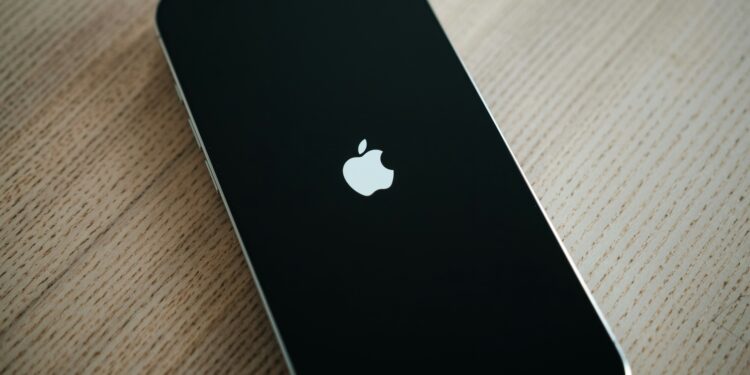The iPhone 17 Air is raising a lot of questions even before its official release. It is Apple's slimmest smartphone to date - an impressive design goal, but one that could not be achieved without compromises. Below we look at the strengths and weaknesses of the new model and show what this tells us about Apple's strategic thinking. Let's take a closer look at the details.
The iPhone 17 Air is at the center of much discussion. It is well known that Apple had to make some decisions to make the device as slim as possible. But recent reports show that these compromises go even further than previously thought. The key question is: Why is Apple taking such a step - and what does it mean for the future of the iPhone?
design of the iPhone 17 Air
The main feature of the iPhone 17 Air is its ultra-thin design. However, this slim body comes at a price:
- Only one camera: Instead of the usual two or three cameras we see on other iPhone models, the iPhone 17 Air will only have one rear camera. This may sound like a step backwards at first, but there could well be a target audience that prefers this minimalist approach. A single camera means less visual clutter and a simpler user experience, as there are no decisions to be made between multiple lenses.
- Minimalist body: The slim design makes the iPhone 17 Air unique, but it's also challenging. The device could serve as a blueprint for future iPhones, including potentially foldable models.
Technical specifications and limitations
In addition to the design, there are also changes on a technical level that are required by the slim housing:
- Apple's own 5G modem: For the first time, Apple is using its own 5G modem in this model. However, it is less powerful than the previous Qualcomm chips. The maximum speed is lower and the reliability of the connection could be limited in certain situations. In addition, the modem does not support mmWave technology, which enables higher mobile speeds but is still only rarely used.
- No physical SIM slot: Apple has completely dispensed with a slot for physical SIM cards on the iPhone 17 Air. Instead, eSIM technology is used exclusively. In many countries such as the USA or Europe, this is not a problem because eSIMs are widely used. However, in markets such as China, where physical SIM cards are required by law, this could limit the availability of the model.
battery life
Another casualty of the slim design is battery life. With less space for larger batteries, Apple has to rely on more efficient software and hardware to keep battery life at an acceptable level. For users who are on the go, this could be an important point to consider.
Apple's thinking behind the iPhone 17 Air
The decisions Apple is making with the iPhone 17 Air show a clear direction: the company is willing to make short-term compromises in order to usher in a new era in the long term. Everything indicates that the iPhone 17 Air is not just a single model but an important step towards a new standard design. John Ternus, Apple's hardware chief, spoke in an internal memo aboutthat upcoming iPhone models will be "the most ambitious in the product's history." This suggests that the iPhone 17 Air is the starting point for a slimmer iPhone future. It could even pave the way for foldable iPhones that require such a design.

The fact that Apple is sticking with the launch of the iPhone 17 Air despite technical challenges such as battery life and cellular reliability shows that the company has a long-term vision. It is reminiscent of the approach Apple took with the iPhone X - a radical model that laid the foundation for the generations that followed.
The iPhone 17 Air and its groundbreaking significance
The iPhone 17 Air is not just another model in the iPhone lineup. It marks the beginning of a new chapter for Apple. With its ultra-thin design and bold engineering choices, it is a harbinger of what to expect from Apple in the years to come. For users looking for a slim, minimalist smartphone, the iPhone 17 Air could be just the thing. But the limitations, such as the fewer cameras and potentially reduced battery life, should not be ignored. This model is a taste of the future - and it could polarize. But that's exactly what makes it so exciting. Looking for the best accessories? Visit our Amazon Storefront and discover a variety of products from top providers, including for HomeKit! (Photo by Unsplash / Semeon Hrozian)
- Apple plans Smart Home Hub: Features, design and launch date
- Apple's Future: New Features for iPhone, iPad & Mac





